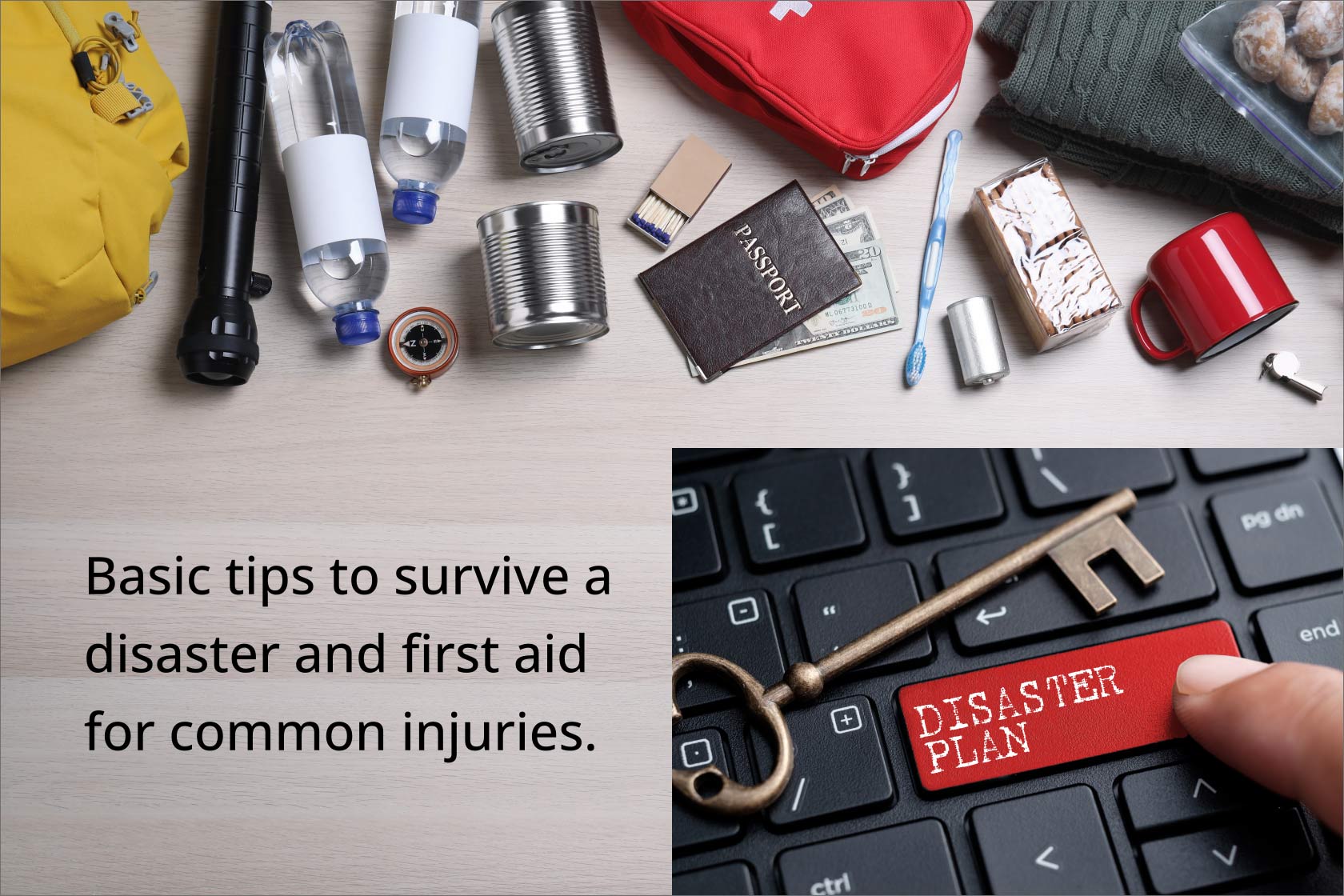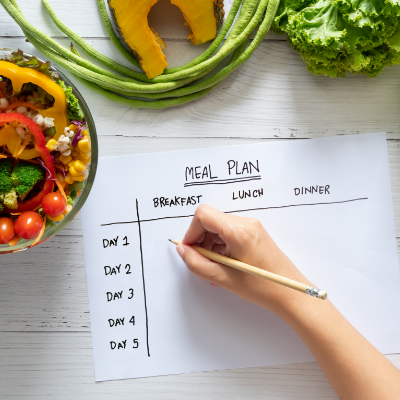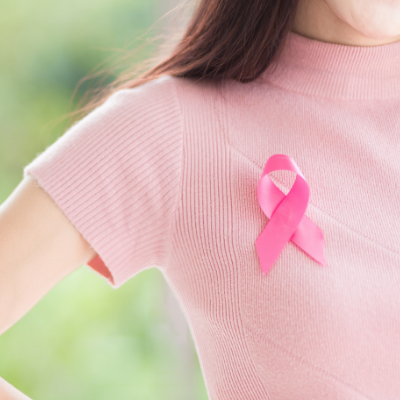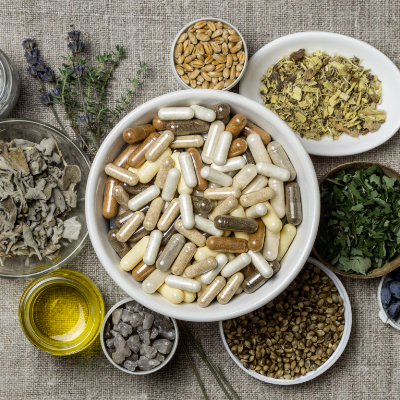
The Philippines is one of the most disaster-prone countries in the world. The country is located in the "Pacific Ring of Fire," making it prone to earthquakes and volcanic eruptions.1 The Philippines is also frequently hit by typhoons, with 8 – 9 of them passing through the country every year.2 These disasters can cause not only widespread damage, but also loss of life.2
To help ensure that you are prepared and safe during natural disasters, here are some tips:
Before a Disaster:3,4
- Make a plan. What will you do in the event of a disaster? Where will you go? What will you take with you?
- Create an emergency kit that includes food, water, first-aid supplies, and other essential items that will last 3 days.
- Learn about the risks in your area. What types of disasters are common in your area? What is the emergency response plan for your community?
- Stay informed about weather forecasts and other potential threats.
During a Disaster:3
- Stay calm and follow the instructions of emergency personnel.
- If you are told to evacuate, do so immediately. If you are unable to evacuate, find a safe place to stay. This could be a high place during a flood, or open ground during an earthquake.
- Stay informed during a disaster. Listen to the radio, watch TV, or check the internet for updates on the situation.
After a Disaster:3,5
- Stay away from damaged areas. There may still be hazards present that can pose a danger to people who stay nearby.
- Wait for further directions. If you had to evacuate, stay at the evacuation area until authorities have allowed you to return to your home.
- Check on your family and friends. Make sure that they are safe and accounted for.
- Monitor yourself and your loved ones for signs of distress, such as difficulty sleeping, emotional outbursts, anxiety, depression, or unexplained physical issues and seek professional help.
Injuries are common during natural disasters. It is important to learn how to provide first aid since trained personnel will not always be accessible during sudden calamities, or because it might take time for care to arrive. Here are some basic first aid tips: 6-8
- Bleeding: If someone is bleeding heavily, apply direct pressure to the wound with a clean cloth or bandage. If the bleeding is from a limb, raise the limb above the level of the heart. If the bleeding is not controlled after 10 minutes, seek medical attention.6
- Wounds: Clean wounds with soap and water or a mild antiseptic such as povidone iodine. Apply a bandage or dressing to cover the wound. If the wound is deep, see a doctor or any available trained medical personnel.6,7
- Burns: Cool burns with running cool water for 10-15 minutes. Do not apply ice directly to the burn. Cover the burn with a clean cloth or bandage. If the burn is severe, see a doctor.6
- Electrical Shock: If someone has been electrocuted, call your local emergency number immediately. Do not touch the victim until the electricity has been turned off. If the victim is conscious, have them sit down and rest. Turn off the source of electricity. If the victim is unconscious, seek medical attention.8
Natural disasters are not always predictable. However, having this knowledge can increase your chances of surviving and recovering from a disaster.
References:1. Center for Excellence in Disaster Management and Humanitarian Assistance. 2021 Philippines Disaster Management Reference Handbook. Available at: https://reliefweb.int/report/philippines/2021-philippines-disaster-management-reference-handbook. Accessed 5 July 2023. 2. PAGASA. Tropical Cyclone Formation. Available at: https://www.pagasa.dost.gov.ph/climate/tropical-cyclone-information. Accessed 5 July 2023. 3. Alberta.ca. Before, during and after an emergency. Available at: https://www.alberta.ca/what-to-do-before-during-and-after-an-emergency.aspx. Accessed 5 July 2023. 4. First Aid Darwin. What is a 72 hour kit and why you need it. May 8, 2023. Available at: https://firstaidcoursesdarwin.com.au/blog/71-hour-first-aid-kit/. Accessed 5 July 2023. 5. Red Cross. Staying safe in the immediate aftermath of a disaster. Available at: https://www.redcross.org/get-help/disaster-relief-and-recovery-services/safety-immediate-aftermath.html. Accessed 5 July 2023. 6. NHS inform. First aid. Available at: https://www.nhsinform.scot/tests-and-treatments/emergencies/first-aid. Accessed 5 July 2023. 7. Centers for Disease Control and Prevention. Emergency wound care after a natural disaster. November 3, 2017. Available at: https://www.cdc.gov/disasters/woundcare.html. Accessed 5 July 2023. 8. Centers for Disease Control and Prevention. Protect yourself and others from electrical hazards after a disaster. Available at: https://www.cdc.gov/disasters/electrical.html. September 20, 2017. Acces




